How to Play Mahjong
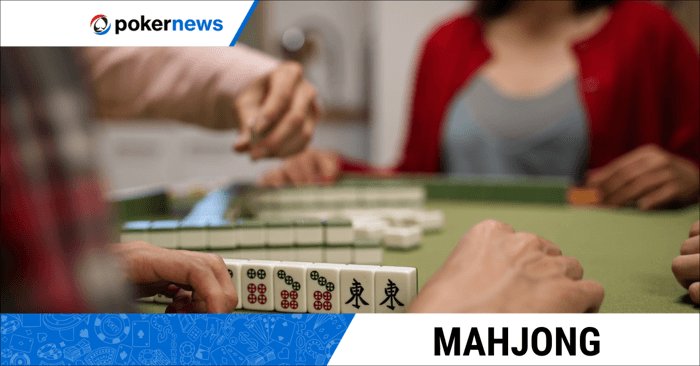
Welcome to PokerNews' definitive guide on How to Play Mahjong. Whether you're looking to play for fun or up the ante and compete in real money Mahjong games, this comprehensive manual will guide you through this ancient Chinese game's rules, strategies, and variations. Get ready to embark on a journey of tiles, strategy, and rich cultural history.
Mahjong Basics - Understanding the Tiles
Understanding Mahjong tiles is crucial for excelling in this ancient game. A Mahjong set has 144 tiles, each with unique symbols. They are grouped into suits and honor tiles. Suits include Bamboo, Character, and Circle tiles, while Honor tiles have Winds (East, South, West, North) and Dragons (Red, Green, and White).
To play well, it's important to recognize these suits and symbols. For instance, Bamboo tiles show bamboo stalks, Character tiles display Chinese characters, and Circle tiles have circles representing coins. The Winds represent directions, and Dragons depict mythical creatures.
Knowing these tiles helps players make strategic moves. The main goal is to create specific combinations or sets and achieve Mahjong. A standard hand consists of four sets of three tiles and a pair, each tile having a specific point value contributing to the overall score.
The game becomes even more interesting as players adapt their strategies to opponents' moves, whether drawing tiles, stealing discarded ones, or declaring readiness (Riichi). Understanding the symbols and characteristics of Mahjong tiles forms the basis for success in this engaging and dynamic game.
Solitaire Hub: The Complete PokerNews Guide
Setting Up a Mahjong Game
Setting up a Mahjong game is straightforward and fun. You'll need four players, and each person gets a seat – East, South, West, and North. Place the Mahjong set in the middle to create a square wall with the tiles facing down. This wall has 18 layers, and the players sit around it.
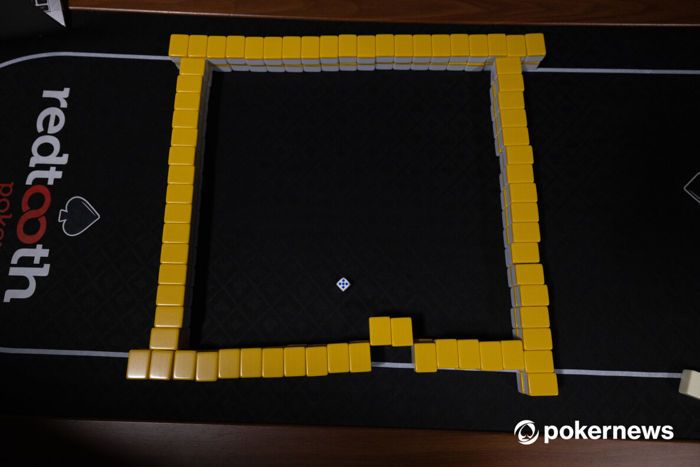
Now, each player takes turns rolling dice to determine who is the dealer (East). The dealer then breaks the wall and starts dealing out tiles in a counter-clockwise direction, giving 13 tiles to each player. The dealer gets 14 tiles.
Once everyone has their tiles, the game starts. Players arrange their tiles in a neat rack, keeping them hidden from others. The dealer goes first, drawing a tile and then discarding one. The other players follow suit.
The goal is to create sets of tiles, like three of a kind or a sequence, to make a winning hand. As players draw and discard tiles, they strive to complete these sets. The game continues with players taking turns until someone declares Mahjong by completing a winning hand.
Setting up a Mahjong game is easy, and as you play, you'll discover the exciting strategy and skill that make this ancient game so enjoyable.
Bridge Hub: The Complete PokerNews Guide to Bridge
Object of the Game - Forming Mahjong
In Mahjong, the main goal is to build a special combination of tiles called "Mahjong." Each player aims to create this combination to win the game. A Mahjong consists of four sets of three tiles and a pair, making a total of 14 tiles.
To form a Mahjong, you need to collect specific tiles that fit into different sets. These sets can be either three tiles of the same kind (like three Bamboo 5 tiles) or a sequence of tiles in the same suit (like 1-2-3 of Circles). Additionally, you can use Honor tiles, which include Winds (East, South, West, North) and Dragons (Red, Green, White), to complete sets.
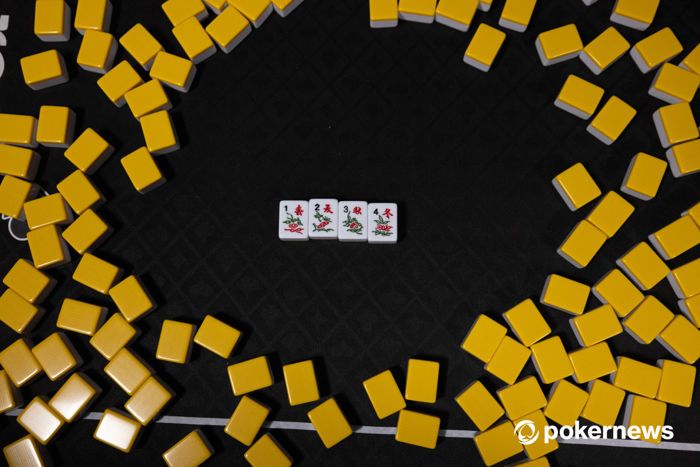
Players take turns drawing tiles from a pile in the center or picking up discarded tiles from others. The strategy is to gather the right tiles while adjusting your plans based on what others are doing.
When you successfully collect the tiles needed for a Mahjong, you declare it and win the round. The game usually consists of several rounds, and the player with the highest total score at the end is the overall winner. So, in Mahjong, it's about skillfully collecting the right tiles and creating the winning combination to achieve Mahjong and emerge victorious.
Learn How to Play Mahjong Solitaire
Mahjong Gameplay Dynamics
In Mahjong gameplay, the dynamics involve a mix of strategy, skill, and adaptability. The game begins with the distribution of tiles, and each player receives 13 tiles. The dealer, determined by dice roll, gets 14 tiles. The players draw and discard tiles, aiming to create specific combinations called "sets" to achieve Mahjong.
Players can draw tiles from the central pile or pick up discarded tiles from others. The key is to build a winning hand by forming sets, which can be either three tiles of the same kind or a sequence of tiles in the same suit. Special tiles, such as Winds and Dragons, add strategic depth to the game.
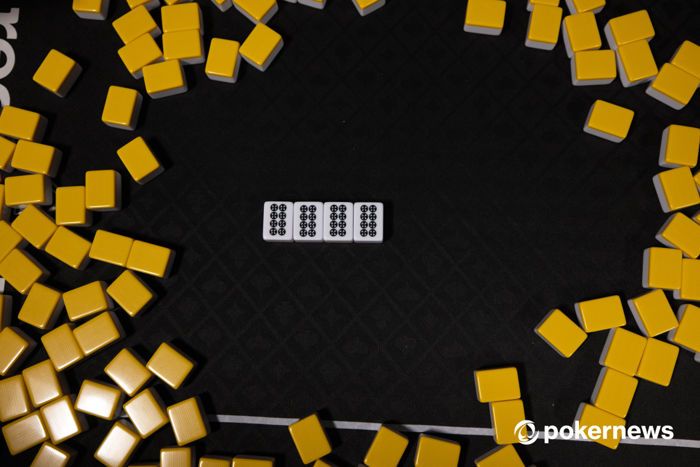
An essential dynamic is observing opponents' moves to adapt your strategy. You might decide to change your plan based on the tiles others discard or the sets they are building. Timing is critical; knowing when to declare readiness (Riichi) or when to make a bold move can influence the game's outcome.
Mahjong gameplay unfolds in rounds, with each player taking turns until someone declares Mahjong by completing a winning hand. The player with the highest score at the end of the agreed-upon rounds is the ultimate winner.
Get to Grips with Mahjong Tournaments
Scoring and Winning in Mahjong
Scoring and winning in Mahjong involve understanding the point system and achieving a winning hand. Each tile in Mahjong has a specific point value, and players earn points based on the combinations they create. The ultimate goal is to have the highest score by the end of the agreed-upon rounds.
Players score points for various achievements, such as completing specific sets, collecting Honor tiles, or declaring Mahjong. The more challenging the combination, the higher the points. Understanding the point values of different tiles and combinations is crucial for strategic play.
To win a round, a player must declare Mahjong by completing a specific combination of four sets of three tiles and a pair. This accomplishment not only ends the round but also earns the player additional points. The first player to declare Mahjong wins the round.
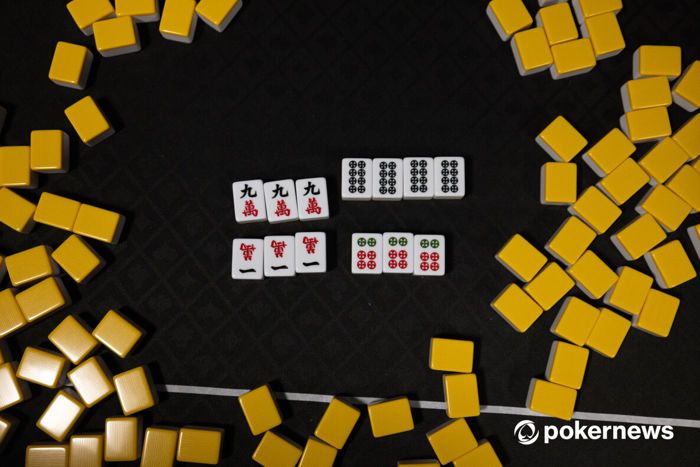
The overall winner in Mahjong is determined by the total points accumulated across multiple rounds. As players continue to play and score points, the one with the highest cumulative score emerges as the ultimate winner of the game.
In summary, scoring in Mahjong is about earning points for creating specific combinations, and winning involves successfully declaring Mahjong to end a round and accumulate points. The player with the highest total score after all rounds is declared the overall winner of the Mahjong game.
Top 5 Tips for Success in Mahjong
- Observe Opponents: Keep a keen eye on the tiles your opponents are discarding. This helps you understand their game plan and adjust your strategy accordingly. If you notice a specific tile being discarded repeatedly, it may be an indicator of their intentions.
- Build a Balanced Hand: Aim for a well-balanced hand that includes a mix of different suits and honor tiles. Having versatility in your hand increases the likelihood of completing various sets, making it easier to declare Mahjong when the opportunity arises.
- Timing is Key: Pay attention to the right moment to declare readiness, known as Riichi. Timing is crucial; declaring Riichi strategically can catch opponents off guard, providing you with an advantage in the game.
- Adaptability: Mahjong is a dynamic game, and adaptability is key to success. Adjust your strategy based on the tiles you draw and those discarded by others. Being flexible allows you to navigate changing circumstances and stay ahead in the game.
- Learn Mahjong Variations: Expand your Mahjong knowledge by learning different variations of the game, such as Chinese Classical, Riichi, or Hong Kong styles. Understanding these variations enhances your adaptability and strategic thinking, making you a more versatile and successful Mahjong player.
FAQs - Mahjong Rules Explained
Can joker tiles or wild cards be used in Mahjong?
No, traditional Mahjong doesn't involve the use of joker tiles or wild cards. The game relies on a standard set of tiles, and the inclusion of these elements would alter the fundamental dynamics of Mahjong.
What are the consequences of declaring Mahjong with an incorrect call?
Declaring Mahjong with an incorrect call, such as incorrectly claiming a tile, can result in penalties. The player may be required to skip a turn, pay a fine in points, or face other consequences depending on the specific house rules or agreed-upon variations.
What are the specific rules for drawing tiles, and how do they impact the pace of Mahjong gameplay?
Drawing tiles follows a strict order in Mahjong. Players take turns drawing from the wall or claiming discarded tiles. This orderly process contributes to the strategic nature of the game, allowing players to observe and plan their moves. While this can influence the pace, the rhythm is often determined by the players' strategies and the specific rules in play.
Is it possible to request a reshuffle mid-game, and what are the implications?
The ability to request a reshuffle mid-game depends on house rules. In most traditional settings, reshuffling is uncommon, as it disrupts the flow of the game. If allowed, it may come with penalties or restrictions to prevent abuse and maintain the integrity of the gameplay.
How do scoring variations impact the competitiveness of the game, and are there standardized scoring systems?
Scoring variations can significantly influence the competitiveness of Mahjong. Some players may prefer higher-risk, higher-reward scoring systems, while others may opt for more conservative approaches. Standardized scoring systems exist, such as the Chinese Classical scoring, but house rules and regional variations often shape the scoring dynamics in Mahjong. Players should agree on the scoring system before the game begins to avoid misunderstandings.
